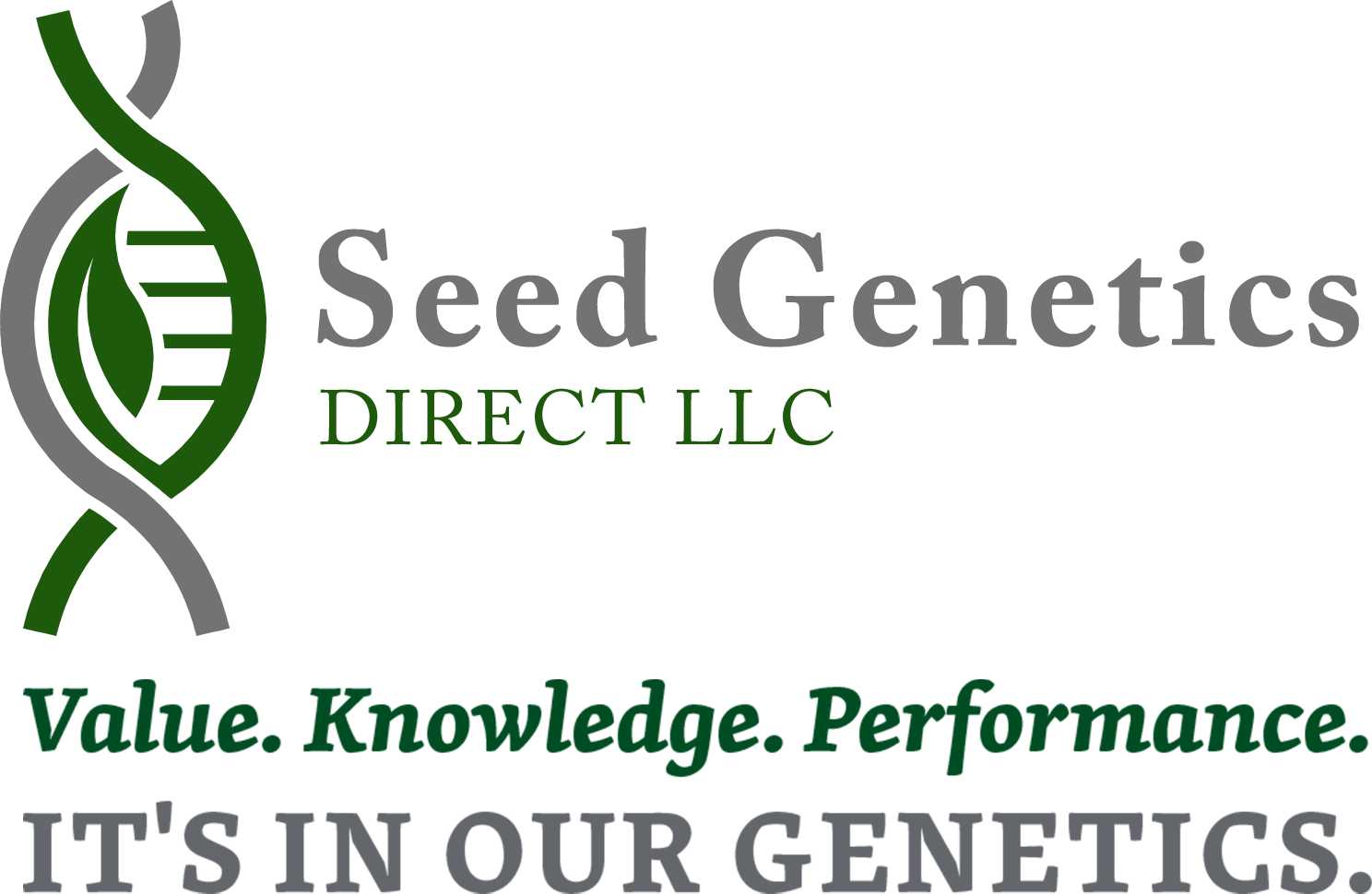The effectiveness of insecticide on treated soybeans
August 1, 2023
Todd Jeffries, SGD Vice President
Neonicotinoid-treated soybean seed before soil covering. PHOTO CREDIT: Purdue University Extension
More than any other industry, the agricultural community should be well aware of herbicide resistance. Over the past few years, it has become crucial to spray multiple herbicide modes of action to get a crop to the finish line. Without multiple modes, we risk fields having “super weeds”, weeds that continue to be harder and harder to control because of herbicide resistance. With that in mind, are we heading down the same path using too much insecticide?
The insecticides that seed companies treat soybean seed with are known as neonicotinoids or neonicotinoid soybean treatment, commonly called “neonics” or “NSTs” for short. They are a synthetic neuro-active insecticide that reacts very similarly to the way nicotine does in humans. The most common ones used are clothianidin, imidacloprid and thiamethoxam. Do they work at killing insects? Absolutely. For instance, if you look at a Seresto flea and tick collar, the active ingredient is imidacloprid. It is not shocking that an insecticide kills insects. However, do we really need to treat soybean seed with a product that protects our furry family members from fleas and ticks?
The problem is that insecticide not only kills targeted insects, but it kills beneficial ones as well. For dogs, this is fine. For crops, it can be more damaging. Each year, more and more soybean replanting occurs because of slug damage. What is one way to get rid of slugs? Let Mother Nature help take care of it: ground beetles are a natural predator of slugs. But what do neonics kill? Ground beetles. So, your slug problem may have just gotten worse if your beans are treated with an insecticide.
Neonics are labeled for control of soybean aphids. However, the benefit of neonics wears off within three weeks of soybeans being planted, long before soybean aphids are a problem. Rather than throw money down the drain, growers would be better suited to treat aphids when their impact will cause yield losses equal to the insect management cost. It is much more logical and economical to treat a problem that actually exist during the most beneficial time.
In addition, farmers are known for being stewards of the land and being economical. Yet, many continue to pay for seed treatments with a neonic component that is not widely needed, but also is known to be toxic to bees, killing colonies and other beneficial insects.
If that’s not enough to make you reconsider soybean treatments with neonics, a plethora of universities (Purdue, Ohio State, Michigan State, Penn State, Iowa State, University of Wisconsin-Madison and more) teamed up to study the relationship between NST use and their effectiveness in preserving crop yield. After 12 years of research in 14 soybean-producing states, in 194 random fields, the results are in: “neonicotinoid soybean seed treatments provide negligible benefits to US farmers,” per Scientific Reports. “Data suggests that this approach provides little to zero net benefit in most cases, and that meaningful gains are likely to be realized by site-specific management practices, independent of NST use.” Studies also show that non-neonic, non-insecticide treated soybeans will have a thicker stand and will out-yield neonic insecticide treated soybean varieties in the same field.
Overuse of products we don’t actively need throughout the growing season can cause many damaging effects, eliminate beneficial bugs and cause resistance to occur. We already have “super weeds”. I don’t believe we want “super bugs”. You may want to reconsider if you need soybean seed treated with neonicotinoid insecticide. By eliminating them from from soybean treatments, we create more sustainable farming techniques, benefit our ecosystem and save money. So, is it worth the investment?
Email Todd Jeffries, Vice President, at toddj@seedgeneticsdirect.com

